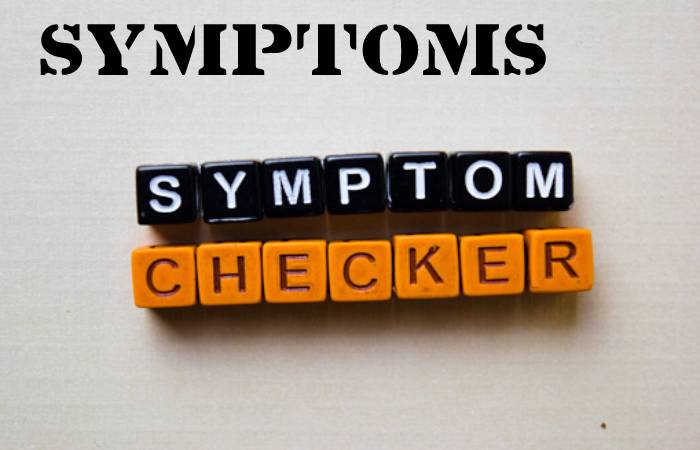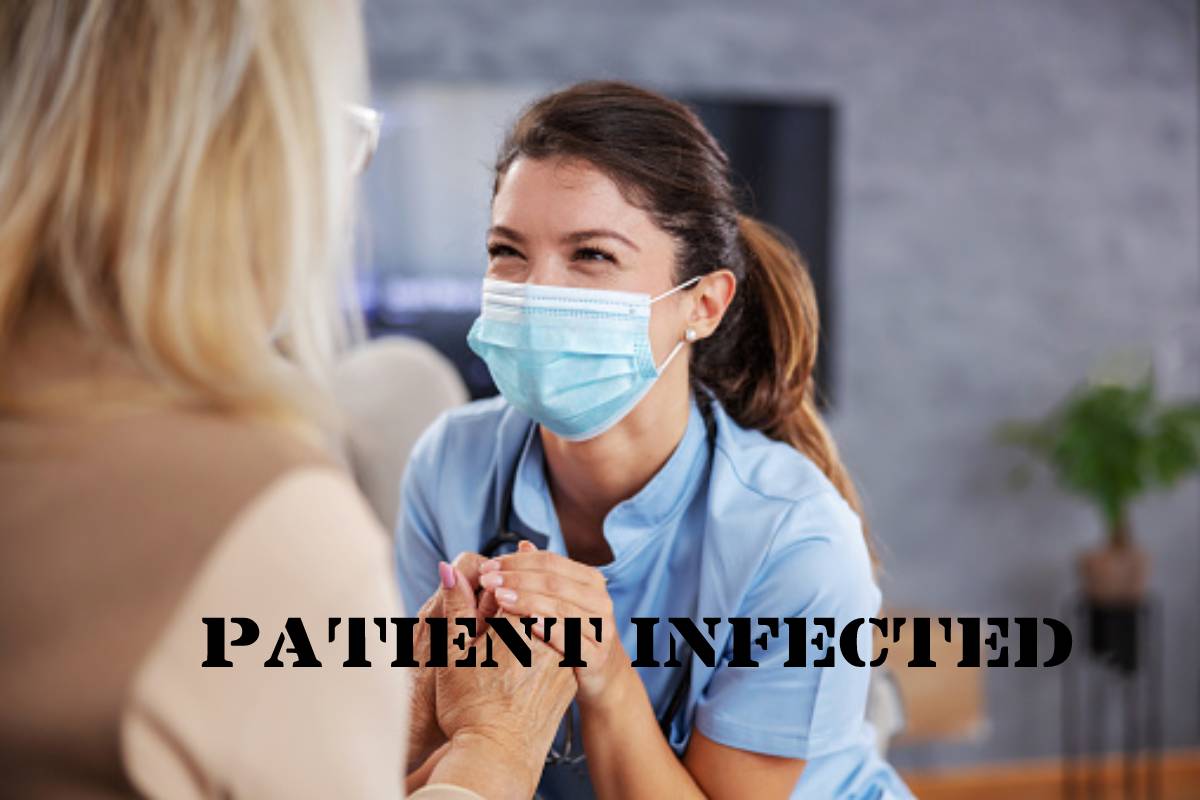As the omicron variant advances globally, measures like getting vaccinated and isolating yourself at home take effect. Patient
World Health Organization(WHO) stated that the omicron variant is present in 77 countries. Although the cases are not expected to generate the hospital trauma of 2020, millions of those infect will likely have to be care for at home and assisted by relatives.
What To Do At The First Symptoms?

The symptoms of omicron can easily be confuse with those of a cold. Therefore, at the first manifestations of discomfort, the first step to follow, according to doctors, is to undergo a COVID-19 test to prevent further spreading the virus.
The most common symptoms of patients positive for the omicron variant are headache, sore throat, runny nose, fatigue, and sneezing.
“You must take acetaminophen, that is among the harmless medicines, such as Tylenol, which does not cause much harm. You lose a lot of fluid when you breathe when you have a fever, and that’s why it’s important to be hydrate,” paediatrician Ligia Peralta told VOA.
What Measures To Take If You Are Caring For A Patient?
If you are caring for a patient, you must ensure that you isolate them and maintain minimal contact with them.
In addition, a double mask or a plastic facial covering is recommend during the time of caring for the patient, around two weeks.
Doctors advise: “That you have all your vaccinations. That is, that you have optimal defences, especially if you have already had two doses, that you get the booster. And the mask has to cover the nose and mouth fully. Keep your distance, do what you have to do and immediately get out of there.”
When To Go To The Doctor?
Don’t hesitate to go to the emergency area if you detect that the patient has difficulty breathing. Persistent pain or pressure in the chest, confusion. Inability to wake up or stay awake: pale, grey or bluish skin and lips or nail beds.

